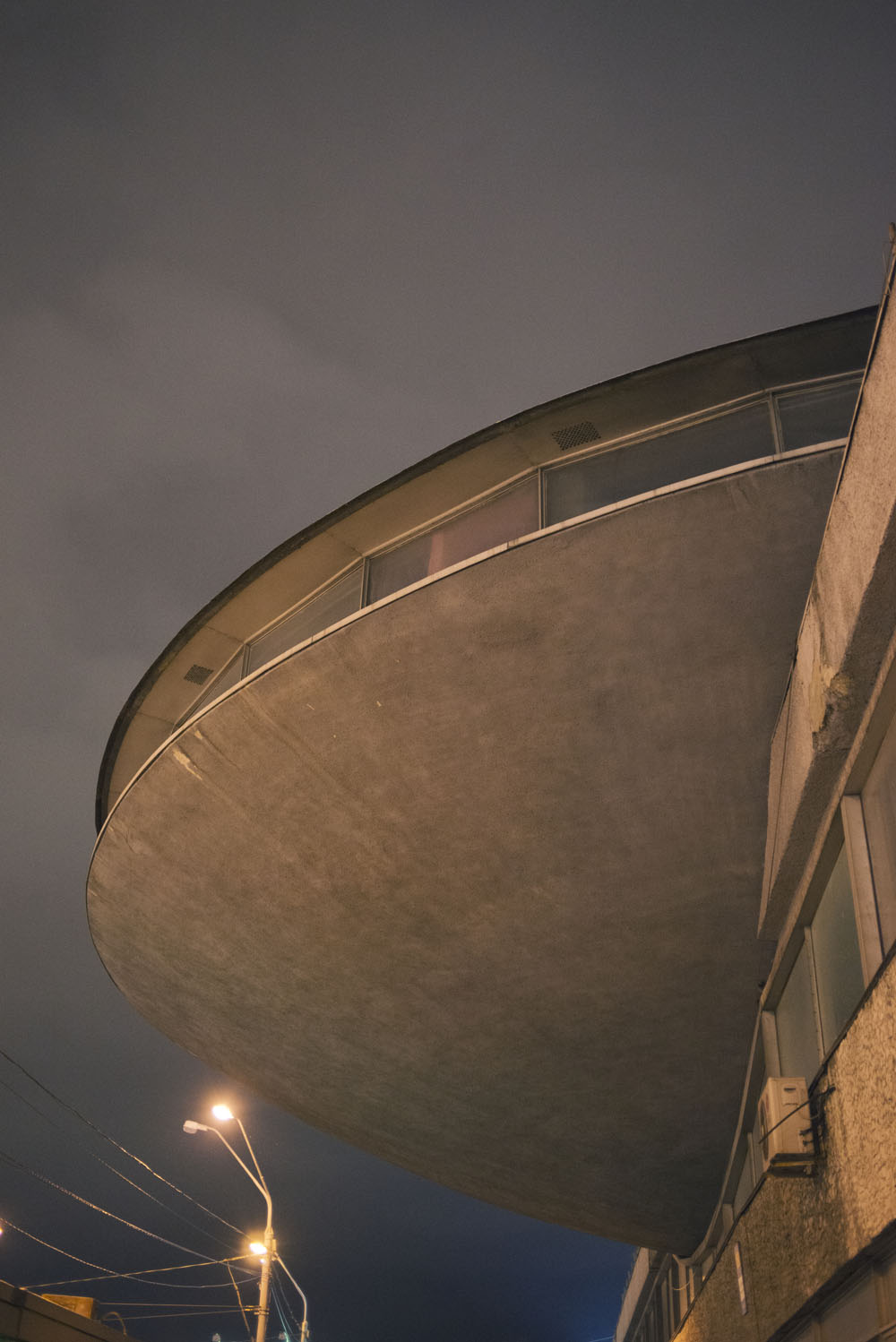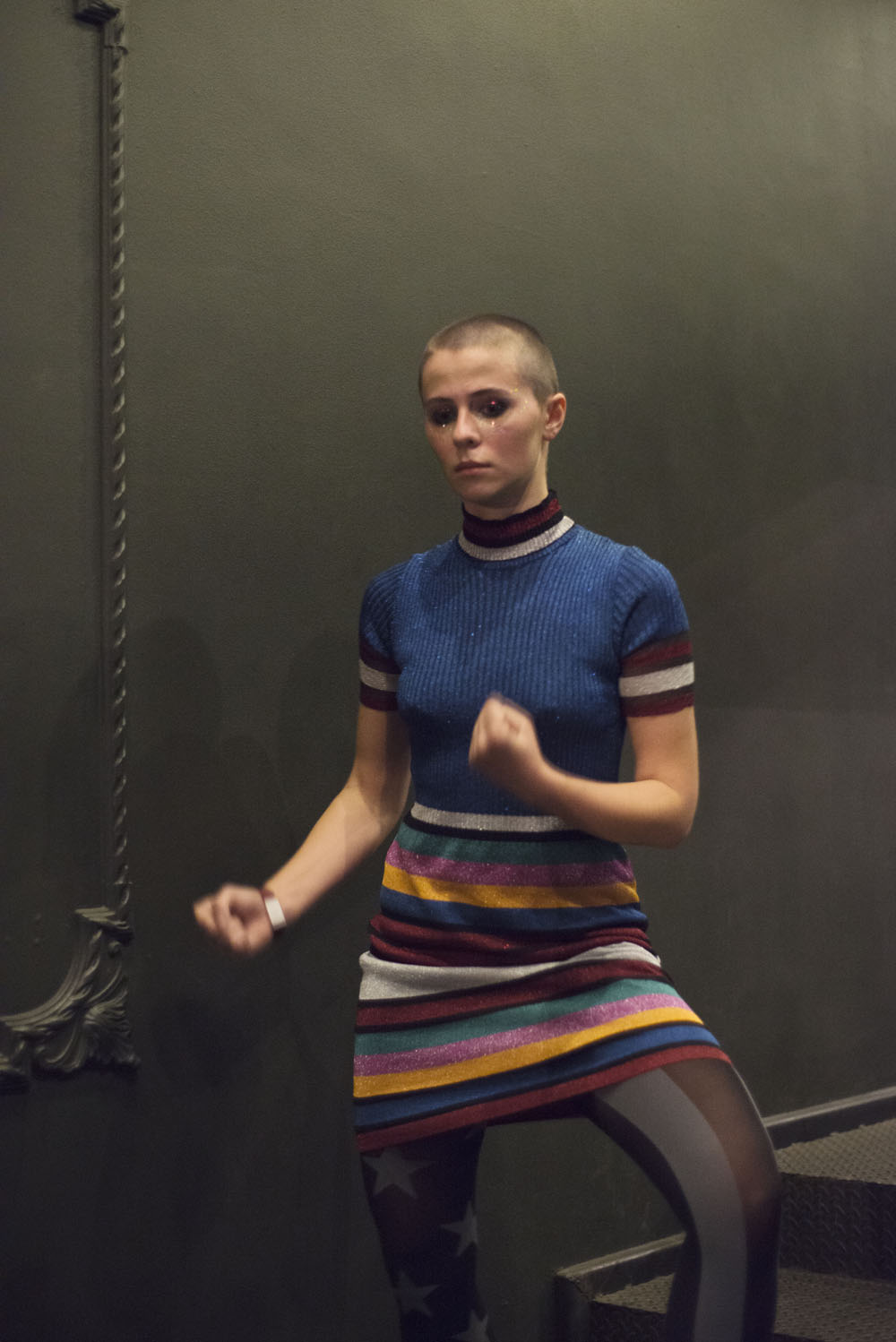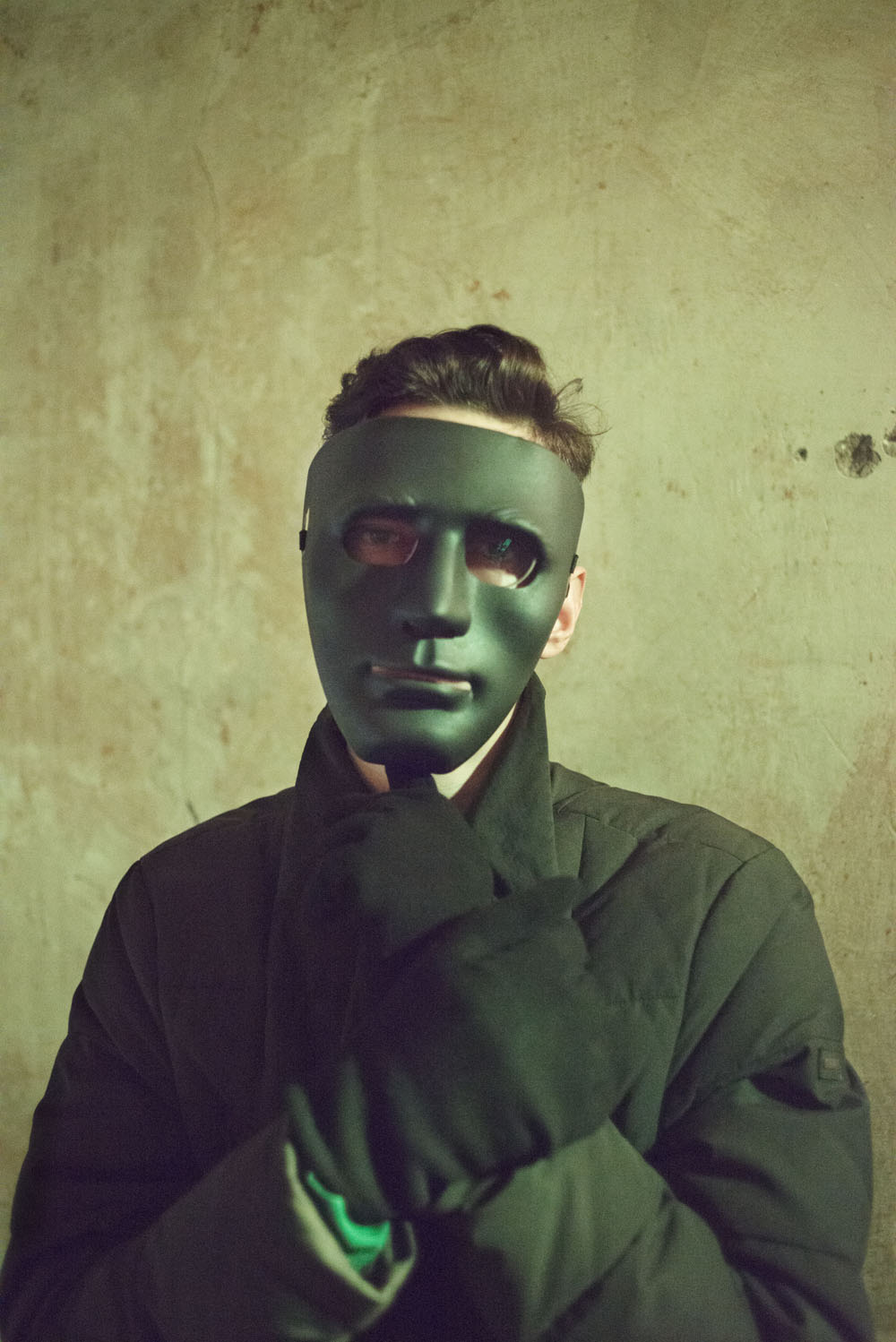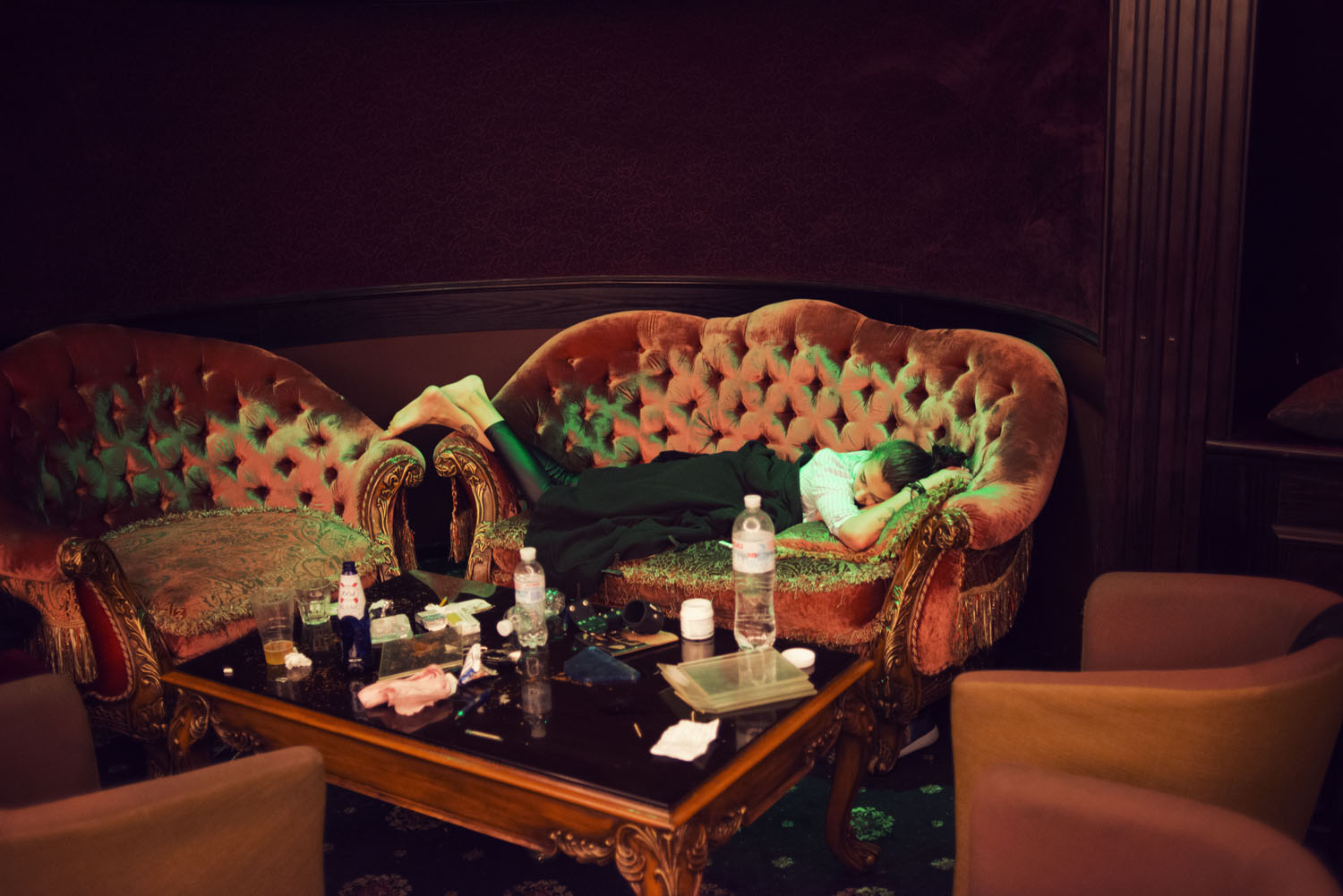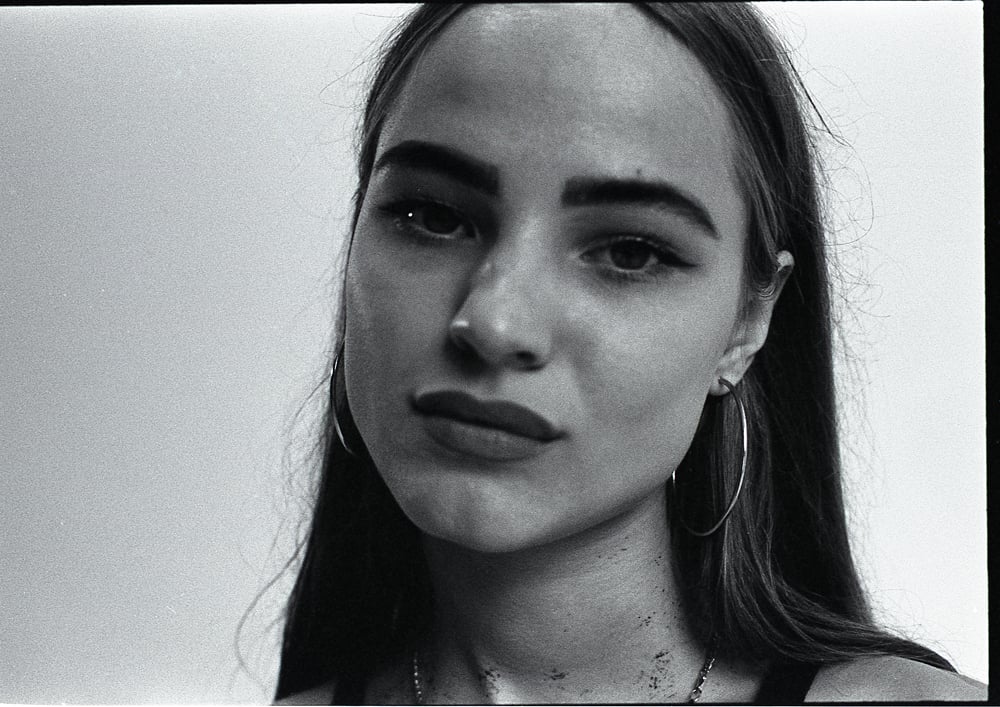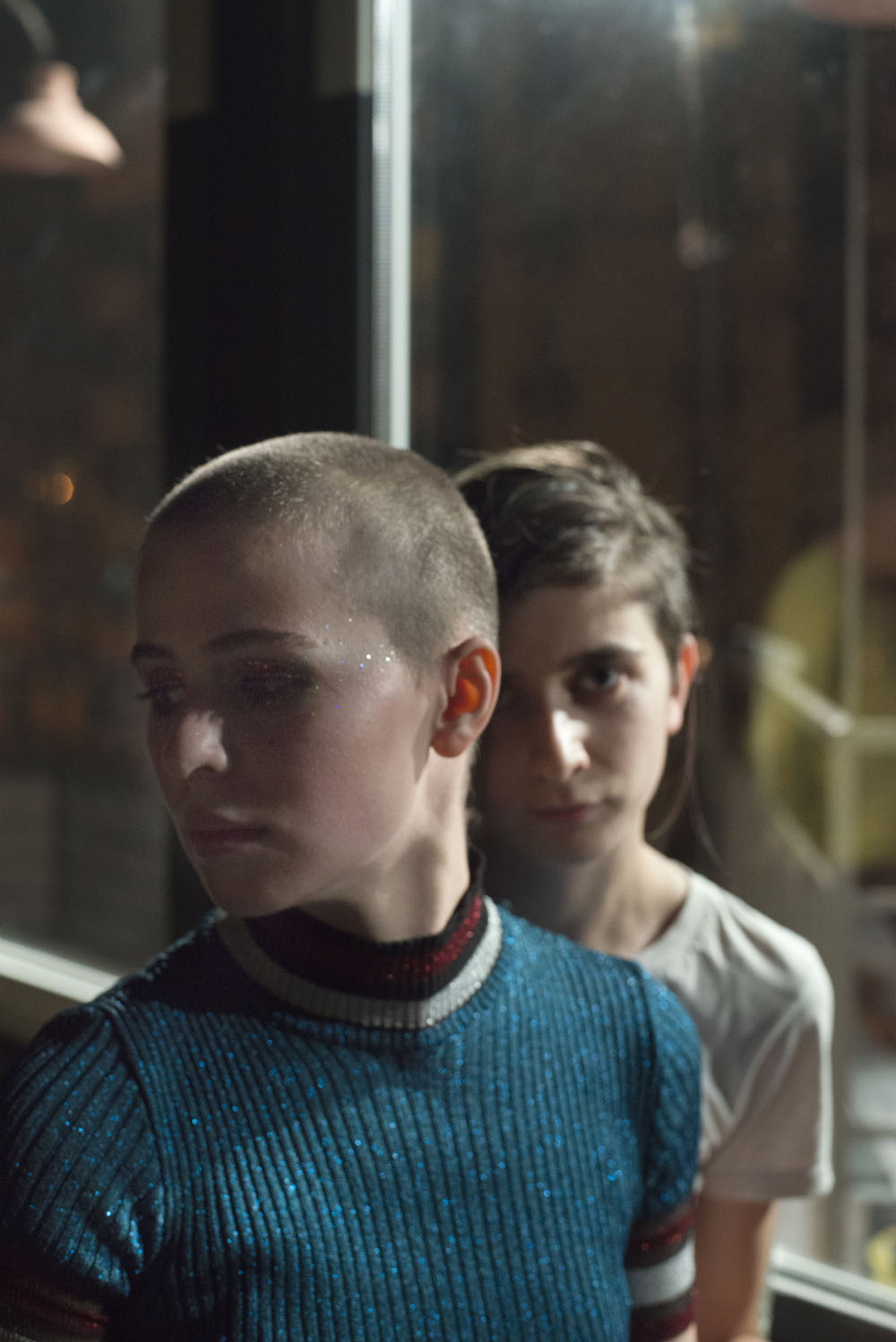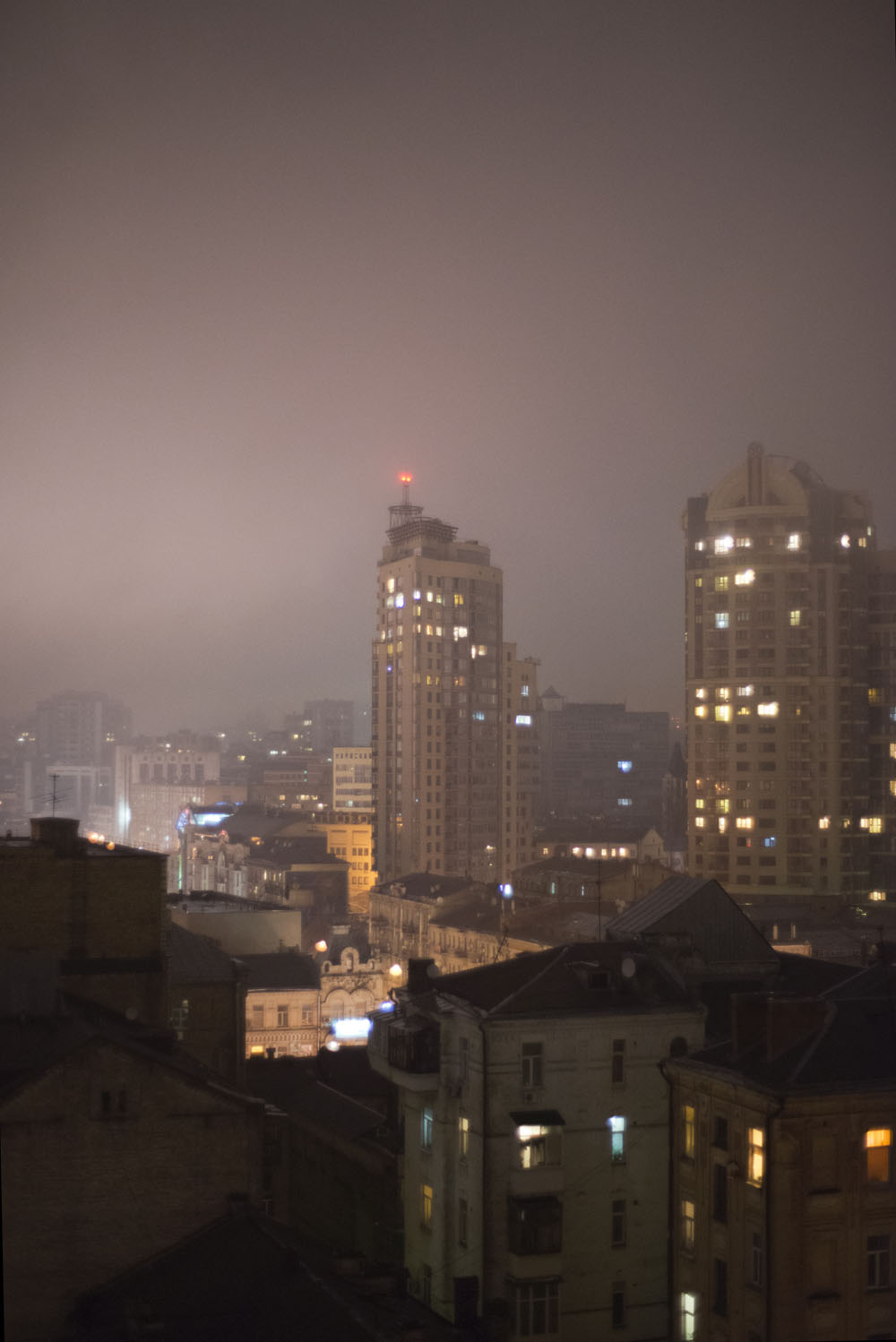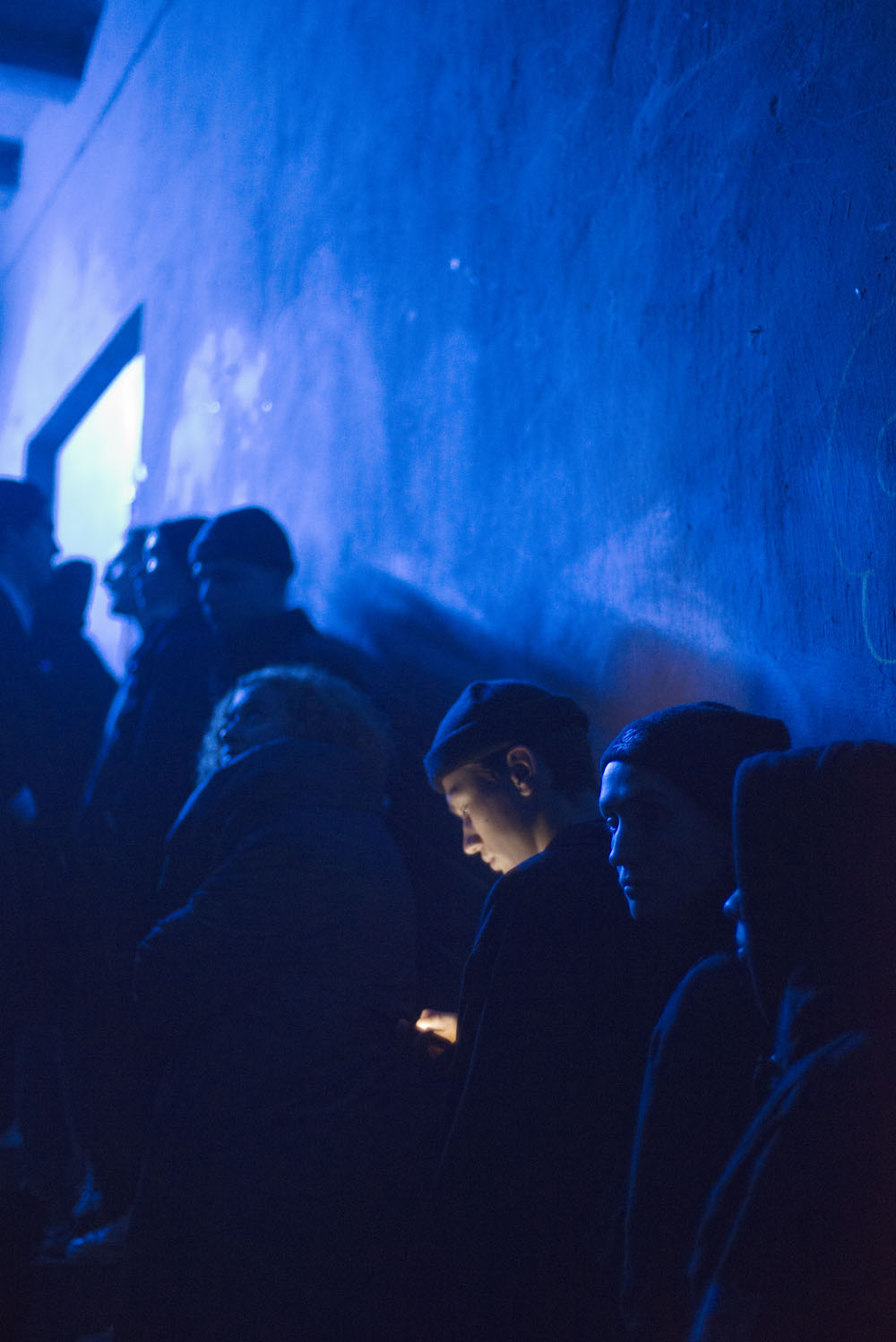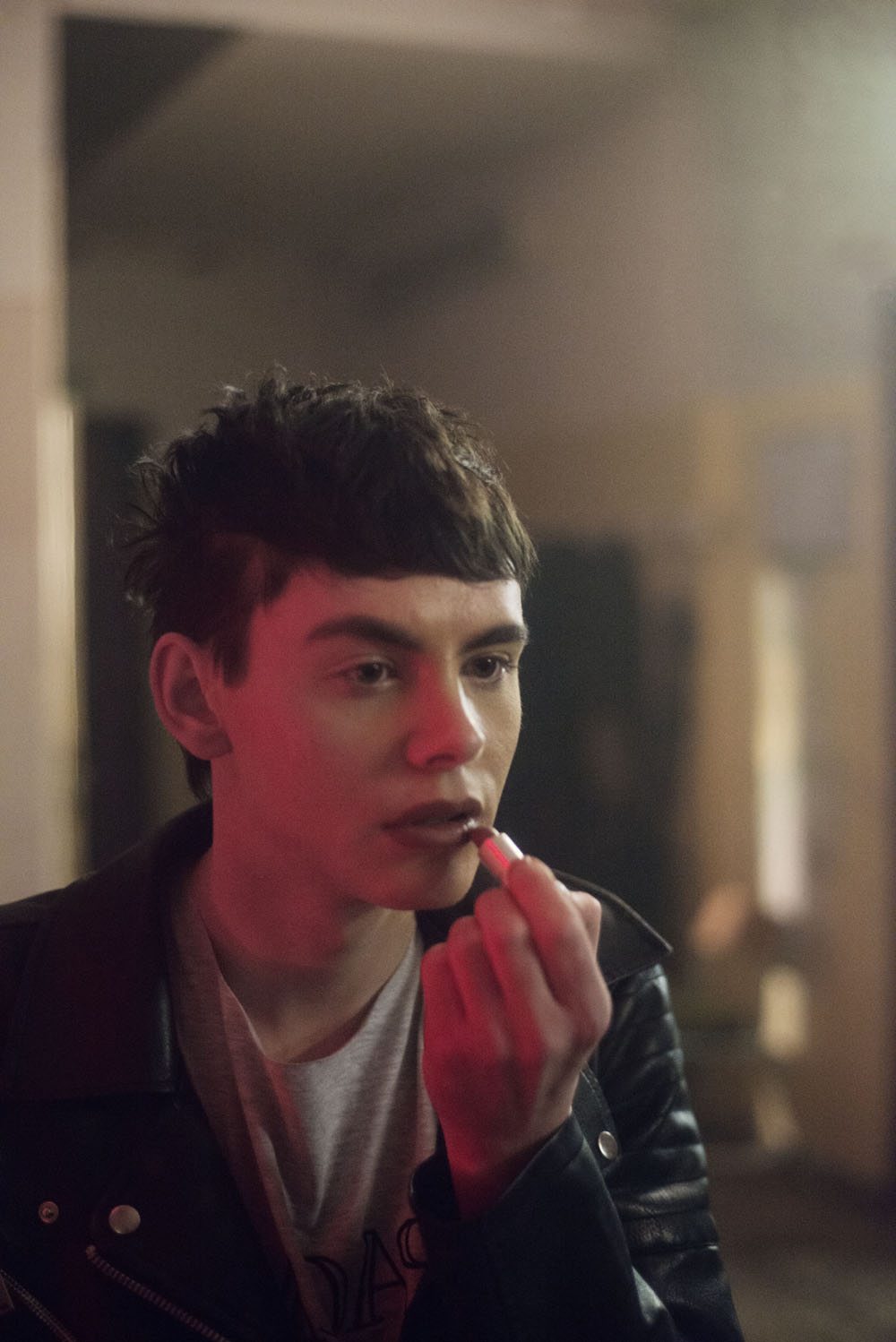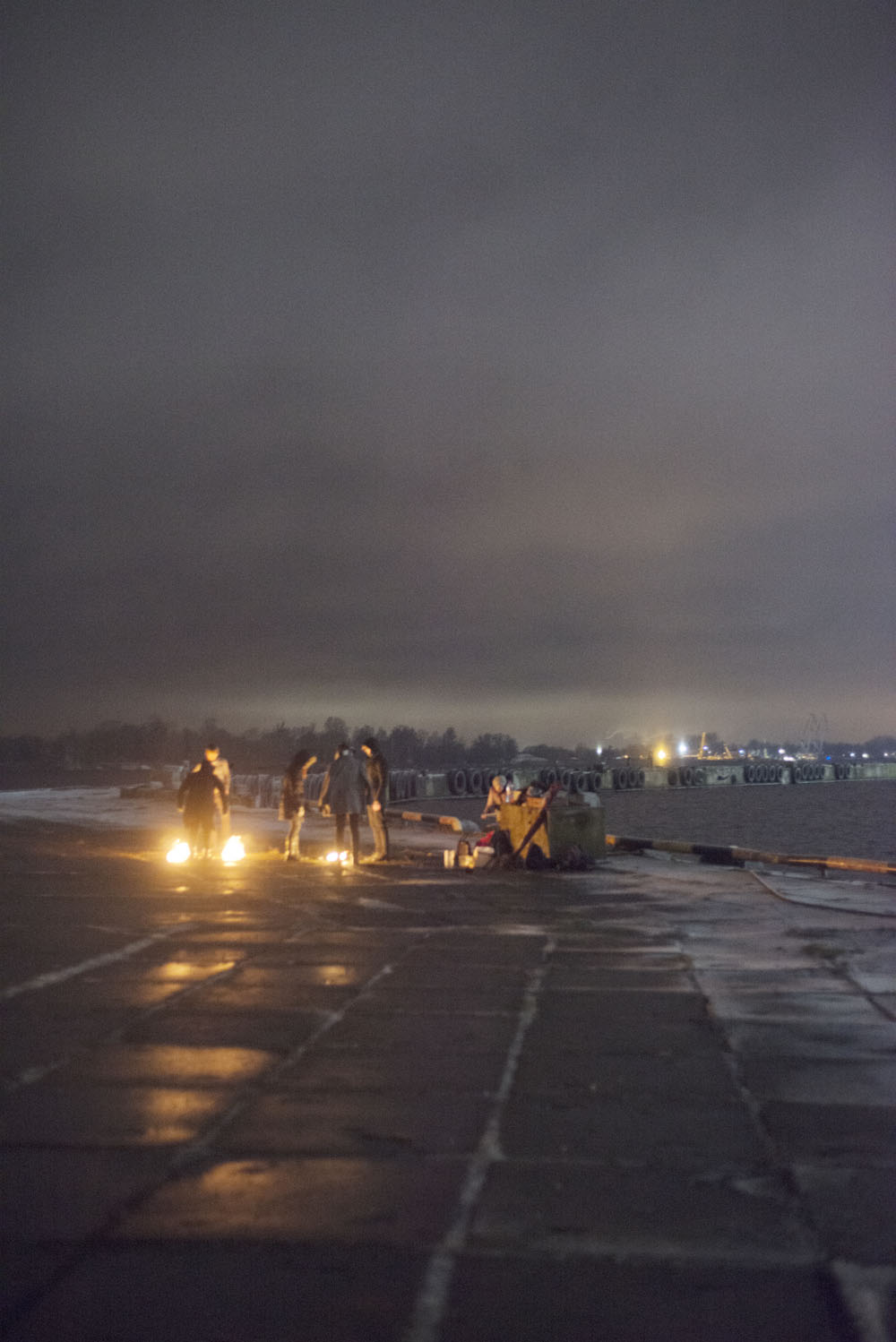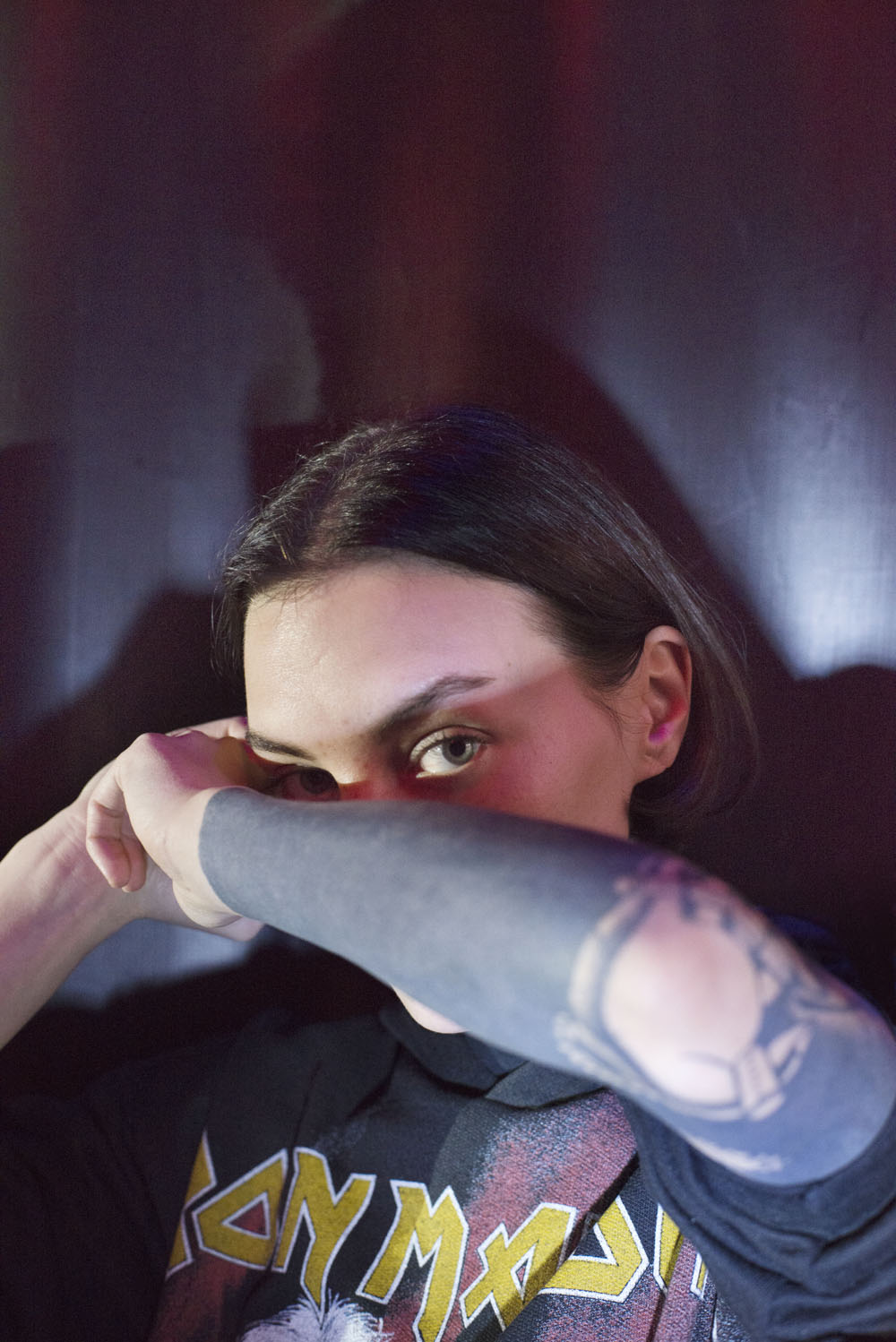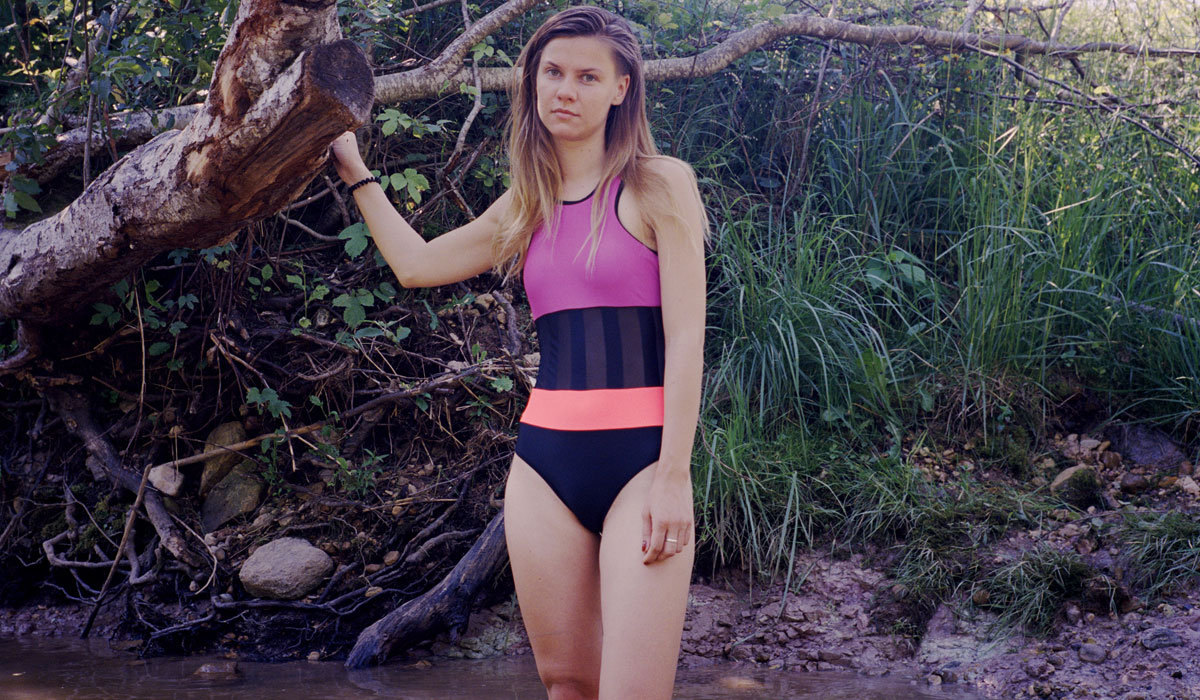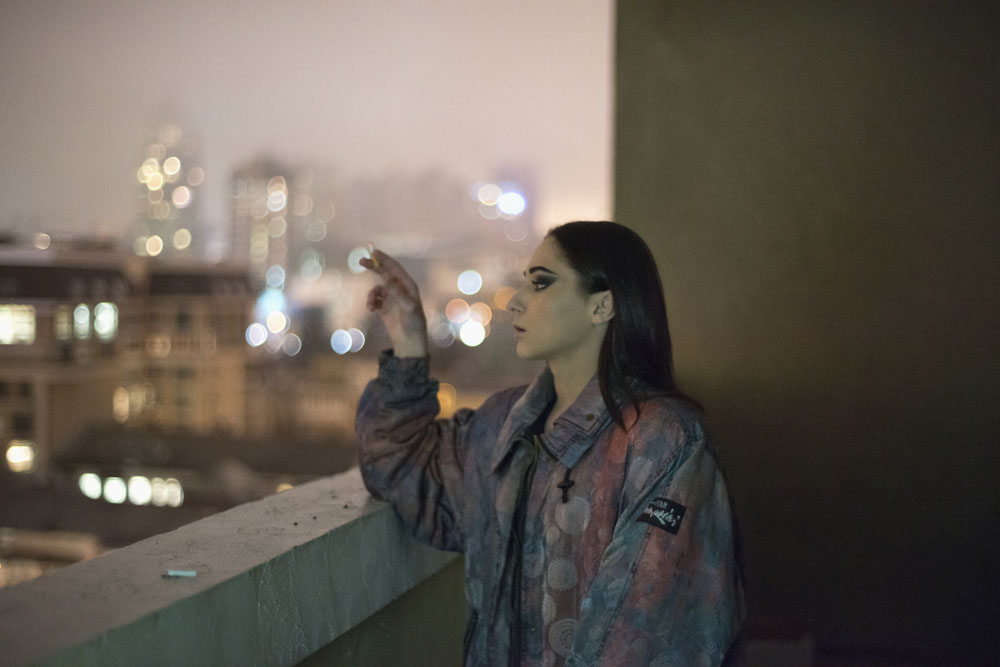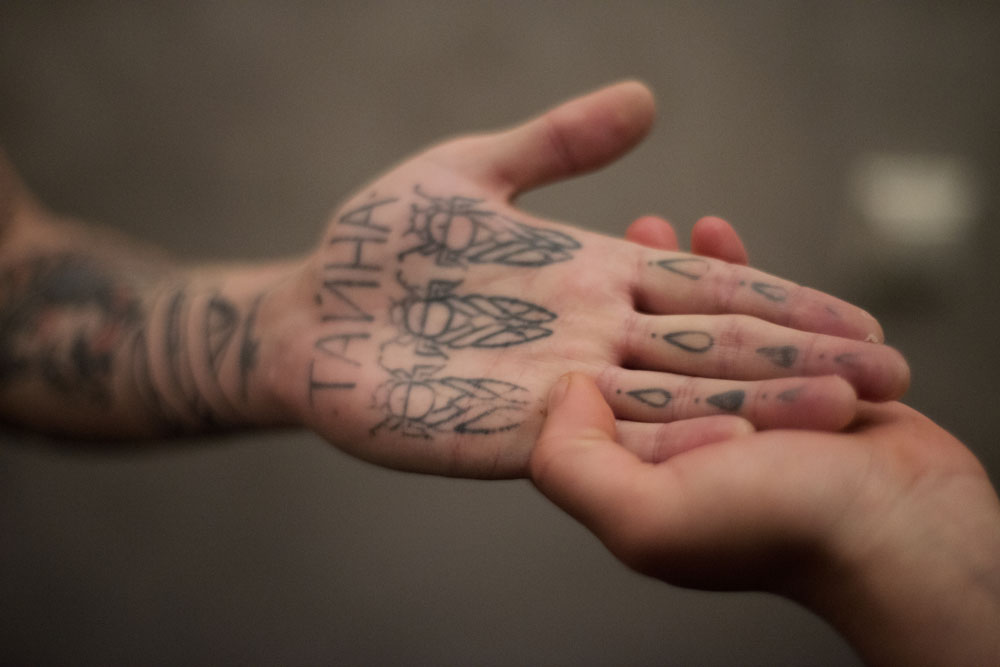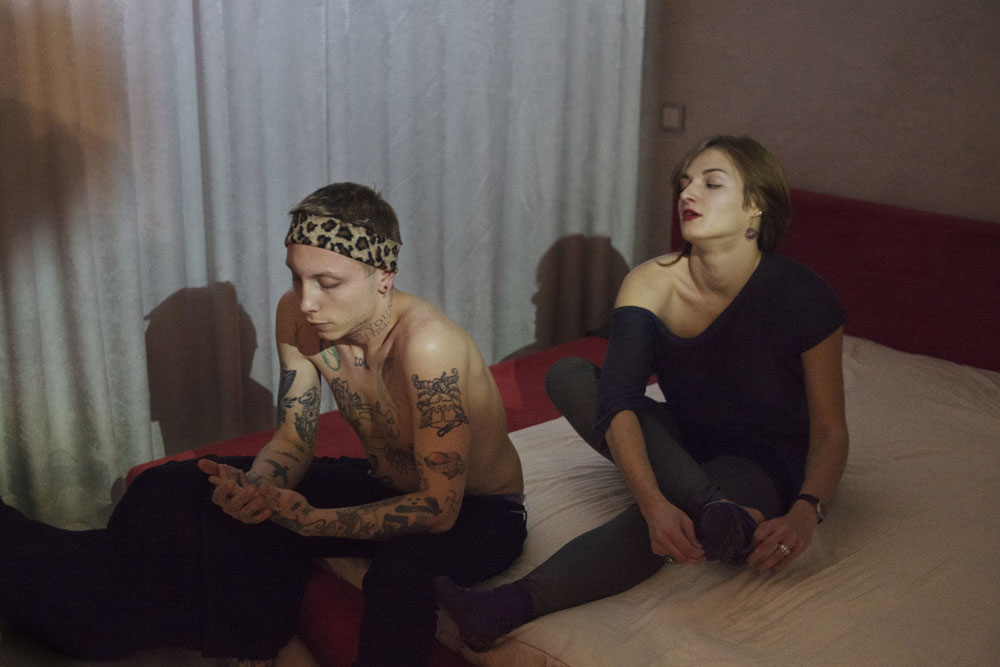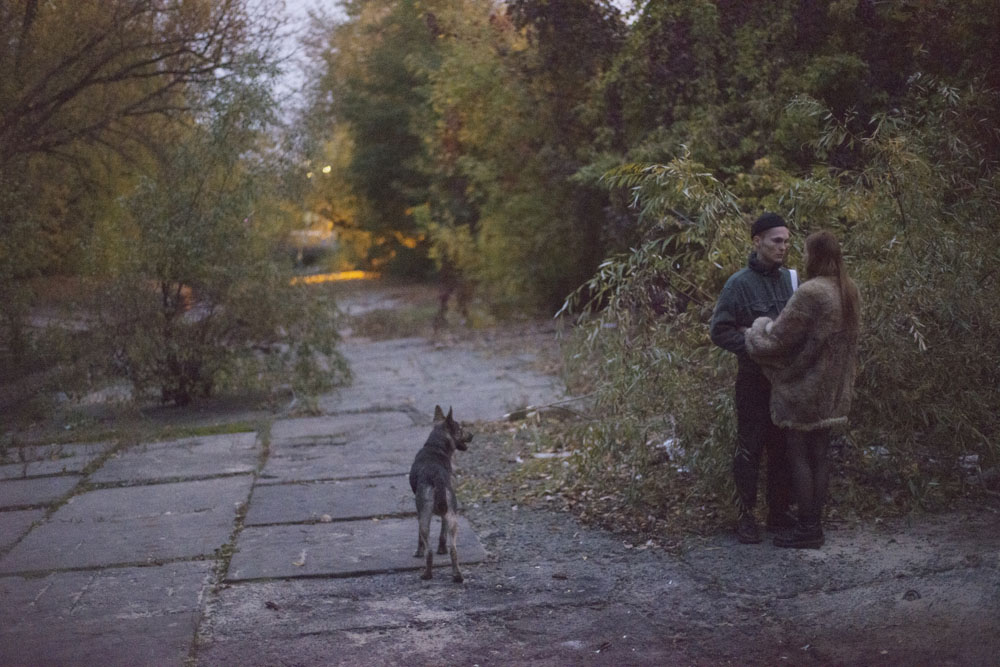Beautiful armour: meet the photographer unmasking youth in Kiev and Riga
Having depicted various youth cultures around the world in places like California and Canada, in recent years Tobias Zielony has travelled to Kiev and Riga to photograph the underground techno and queer scenes there
When the Berlin Wall fell in 1989, a new world of exploration opened for those living in the West. Tobias Zielony, then 18 years old, began frequently travelling throughout eastern Europe with his brother and friends. In 1990, they packed a campervan full of belongings and headed east from their hometown of Wuppertal, Germany, through Ukraine until ultimately reaching Crimea. “It was really adventurous at the time. We had to queue for gasoline, for bread,” Zielony remembers.
The photographer returned to Kiev in 2016, the first time since his initial road trip, to document the city’s underground queer and techno scene, which is heavily threatened by political and economic crises — a situation, he explains, not too dissimilar to his teenage experience. “The way I remembered it [in 1990], it was difficult to find a place to park, to eat, to drink. It was really crumbling and there was a big economic crisis,” he says when we meet at KOW, his gallery in Berlin. “There was also this anarchy, there was no control, and it still has that feeling.”
The resultant photographic series Maskirovka (2017) portrays Kiev’s queer scene through darkened cityscapes and intimate portraits, the subjects often illuminated only by a neon light in a club or lone streetlamp. In the image Velvet (2017), for example, we see a girl splayed out on a red velour sofa standing just behind a wooden table covered in nearly empty beer glasses, water bottles, packages of cigarettes and tobacco and miniature pencils. She appears to be sleeping, a blanket draped across her torso and thighs. There are no windows; it could be the middle of the day or night. Zielony explains that the photo was taken inside a former casino. During its renovation into a nightclub, which took place during his multiple visits over a three-month period, the façade of grandeur remained and the doors were always open. “Sometimes young people — because they live with their parents, in the suburbs or even further out — spend the whole weekend in the city and then try to find a place to sleep. They could stay there, they could make their own parties,” Zielony says. “The owners didn’t mind.”
In another image titled Cover (2017), a half-naked boy with a yin and yang tattoo in the center of his chest sits on the same sofa, visible only through fluorescent green light. He wears a plastic mask, transforming his face into something reminiscent of a geisha. A small ponytail peeks out from the top of his head. This boy, like many of Zielony’s other subjects, wears a mask — a direct reference to the series’ title, which literally translates to “disguise” but, more significantly, is a term used for Russian military deception tactics. Although inadvertent, Cover seems to extend this metaphor by alluding to the phrase “little green men”, used to denote a group of anonymous, masked soldiers wearing unmarked green army uniforms; the men who infiltrated Crimea and eastern Ukraine during the 2014 Ukrainian revolution. They were later revealed to be Russian special forces.
Zielony named his series well aware of these political connotations, but also because of the multiple meanings a mask can assume. “Maskirovka is strongly connected to military action, but to me it means something like ‘masquerade’. I think about parties and queens dressing up,” he explains. “Also, when I go to a place like Ukraine and try to find out what’s actually happening, everything has a double layer. It’s very difficult to come to terms with what’s going on and for me the term maskirovka is about that.”
Simultaneously contrasting and expanding upon his work in Kiev, the artist made a new series in Riga earlier this year titled Golden. Again, he focused on the city’s young, underground queer community, but rather than conveying an underlying sense of fear and fraught politics, he focused on surfaces. One masked figure does appear, yet so does white graffiti on a wooden house, a denim jacket hanging against a dilapidating wall, a boy putting on lipstick and a girl’s unshaven armpit. Having depicted various youth cultures around the world in places like Trona (California), Manitoba (Canada), Cluj (Romania) and Chemnitz (Germany) for more than 20 years, in Riga Zielony began thinking about how a young adult proclaims a new idea of self alongside their disagreement with or rebellion against what they learned while growing up. In using theatrical clothing, masks, makeup and graffiti, he notes, “you try to change the surface, rather than the structure.”
Zielony explains that the shift in his focus from deeply ingrained politics to surface level aesthetics may have been due to differing circumstances in each location. “I thought Riga would be a similar context [to Kiev], because there’s a big Russian community as well as Russian influence, even fear of military intervention. But Latvia is part of NATO and the European Union, and there is no war going on,” he says. “In Kiev, people have no money for anything. The people in the queer community sometimes really risk their life or their health to come out as being queer. It’s a much comfier environment in Riga.”
Although his photographic eye remains consistent and some images might appear similar, every location always has “a very different feeling”, and it is precisely this differentiation that allows Zielony’s work to battle against some of the deleterious trends associated with globalisation. In an age where Instagram seamlessly intertwines youth cultures around the world and media propel subcultures into the mainstream within a matter of days, Zielony seeks to understand and portray localities. As he points out, 20 years ago someone in London may have been surprised to see someone from Berlin wearing the same tracksuit, but now it is expected; the visual linkage between places is instantaneous. Zielony creates schisms in this ubiquity through filmic and textual components. In the catalogue for Maskirovka, for example, he includes not only photographs but also the transcripts of interviews with four women in Kiev: Tasia, an activist who brought him into the city’s queer scene; Vicky, a psychologist; Maria, a soldier; and Natasha, a journalist. He asks about their understandings of Ukraine’s current and historical political situations as well as lighter questions like “Is flying fun?” and “What gives the best or worst hangovers?”
The intimacy created through these conversations and the resultant images evoke the work of Nan Goldin, Larry Clark or early Wolfgang Tillmans. Where Zielony differs, however, is that he immerses himself within new communities rather than his own, and therefore knows there will always be an end to his experiences. “For a short moment in time I’m really part of something,” he explains, “but it’s not enduring and I’m honest about that. I’m an outsider in general.” This outsider perspective allows him to enter situations and create a narrative true to his experience, albeit one that might not ring true to others. He shies away from documentary photography, preferring instead to describe place and atmosphere. In this way, his artistic practice “includes things that aren’t visible, like the bigger political contexts. The people become protagonists not only for their own lives but also for my projects.”
Text: Emily McDermott
Image: Tobias Zielony
